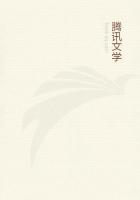An unusual number of porcupines were seen along here, and these creatures were so free from wildness that they fed on, undisturbed, while the explorers walked around and among them. The captains named a bold and beautiful stream, which here entered the Missouri from the north,--Porcupine River; but modern geography calls the water-course Poplar River; at the mouth of the river, in Montana, is now the Poplar River Indian Agency and military post.
The waters of this stream, the explorers found, were clear and transparent,--an exception to all the streams, which, discharging into the Missouri, give it its name of the Big Muddy. The journal adds:--"A quarter of a mile beyond this river a creek falls in on the south, to which, on account of its distance from the mouth of the Missouri, we gave the name of Two-thousand-mile creek.
It is a bold stream with a bed thirty yards wide.
At three and one-half miles above Porcupine River, we reached some high timber on the north, and camped just above an old channel of the river, which is now dry. We saw vast quantities of buffalo, elk, deer,--principally of the long-tailed kind,--antelope, beaver, geese, ducks, brant, and some swan.
The porcupines too are numerous, and so careless and clumsy that we can approach very near without disturbing them, as they are feeding on the young willows. Toward evening we also found for the first time the nest of a goose among some driftwood, all that we had hitherto seen being on the top of a broken tree on the forks, invariably from fifteen to twenty or more feet in height."
"Next day," May 4, says the journal, "we passed some old Indian hunting-camps, one of which consisted of two large lodges, fortified with a circular fence twenty or thirty feet in diameter, made of timber laid horizontally, the beams overlying each other to the height of five feet, and covered with the trunks and limbs of trees that have drifted down the river.
The lodges themselves are formed by three or more strong sticks about the size of a man's leg or arm and twelve feet long, which are attached at the top by a withe of small willows, and spread out so as to form at the base a circle of ten to fourteen feet in diameter.
Against these are placed pieces of driftwood and fallen timber, usually in three ranges, one on the other; the interstices are covered with leaves, bark, and straw, so as to form a conical figure about ten feet high, with a small aperture in one side for the door.
It is, however, at best a very imperfect shelter against the inclemencies of the seasons."
Wolves were very abundant along the route of the explorers, the most numerous species being the common kind, now known as the coyote (pronounced kyote), and named by science the canis latrans.
These animals are cowardly and sly creatures, of an intermediate size between the fox and dog, very delicately formed, fleet and active.
"The ears are large, erect, and pointed; the head is long and pointed, like that of the fox; the tail long and bushy; the hair and fur are of a pale reddish-brown color, though much coarser than that of the fox; the eye is of a deep sea-green color, small and piercing; the talons are rather longer than those of the wolf of the Atlantic States, which animal, as far as we can perceive, is not to be found on this side of the Platte. These wolves usually associate in bands of ten or twelve, and are rarely, if ever, seen alone, not being able, singly, to attack a deer or antelope.
They live and rear their young in burrows, which they fix near some pass or spot much frequented by game, and sally out in a body against any animal which they think they can overpower; but on the slightest alarm retreat to their burrows, ****** a noise exactly like that of a small dog.
"A second species is lower, shorter in the legs, and thicker than the Atlantic wolf; the color, which is not affected by the seasons, is of every variety of shade, from a gray or blackish-brown to a cream-colored white.
They do not burrow, nor do they bark, but howl; they frequent the woods and plains, and skulk along the skirts of the buffalo herds, in order to attack the weary or wounded."
Under date of May 5, the journal has an interesting story of an encounter with a grizzly bear, which, by way of variety, is here called "brown," instead of "white." It is noticeable that the explorers dwelt with much minuteness upon the peculiar characteristics of the grizzly; this is natural enough when we consider that they were the first white men to form an intimate acquaintance with "Ursus horribilis."
The account says:--"Captain Clark and one of the hunters met, this evening, the largest brown bear we have seen. As they fired he did not attempt to attack, but fled with a most tremendous roar; and such was his extraordinary tenacity of life, that, although he had five balls passed through his lungs, and five other wounds, he swam more than half across the river to a sand-bar, and survived twenty minutes.
He weighed between five and six hundred pounds at least, and measured eight feet seven inches and a half from the nose to the extremity of the hind feet, five feet ten inches and a half round the breast, three feet eleven inches round the neck, one foot eleven inches round the middle of the fore leg, and his claws five on each foot, were four inches and three-eighths in length.
This animal differs from the common black bear in having his claws much longer and more blunt; his tail shorter; his hair of a reddish or bay brown, longer, finer, and more abundant; his liver, lungs, and heart much larger even in proportion to his size, the heart, particularly, being equal to that of a large ox; and his maw ten times larger. Besides fish and flesh, he feeds on roots and every kind of wild fruit."















